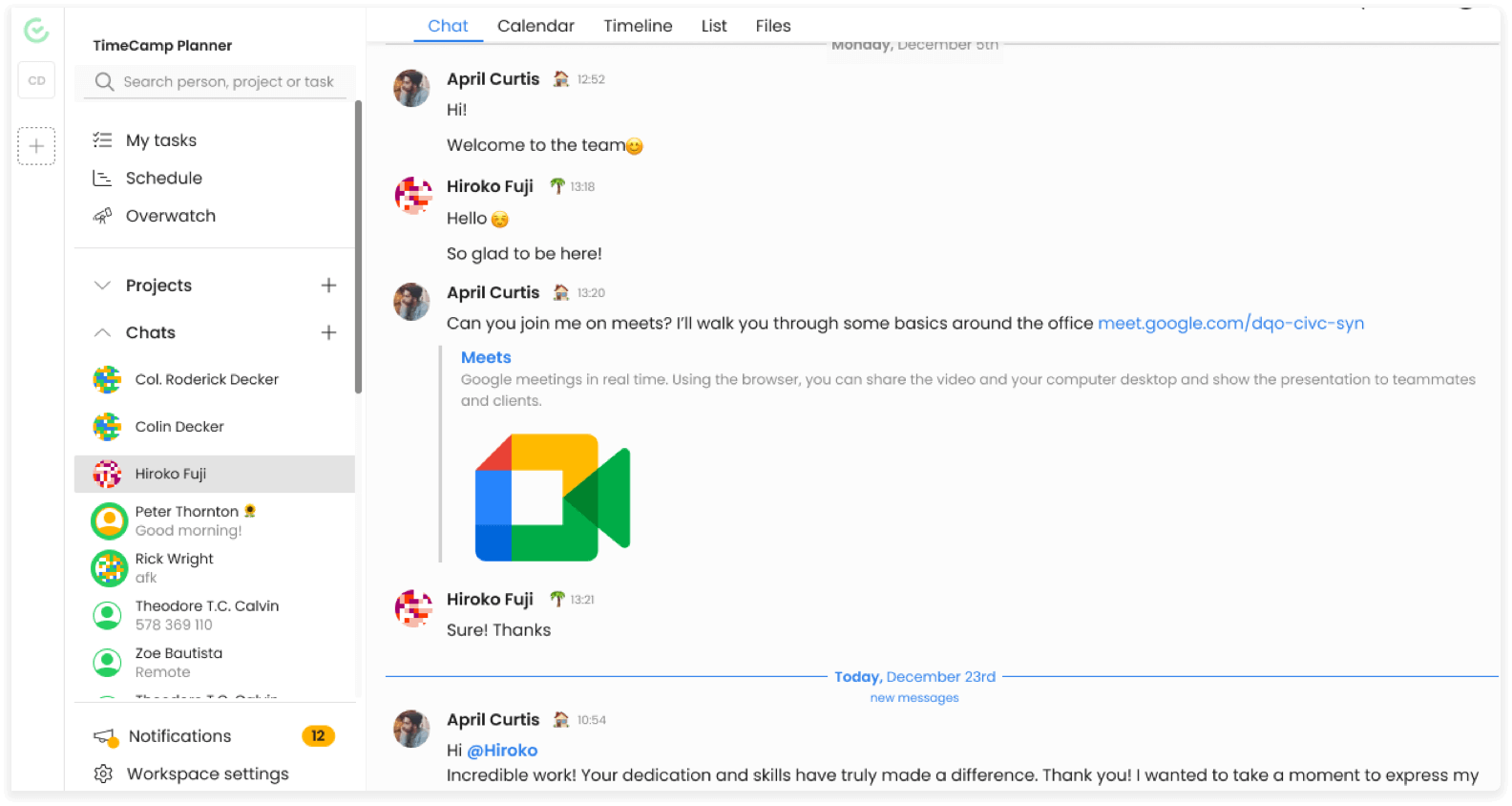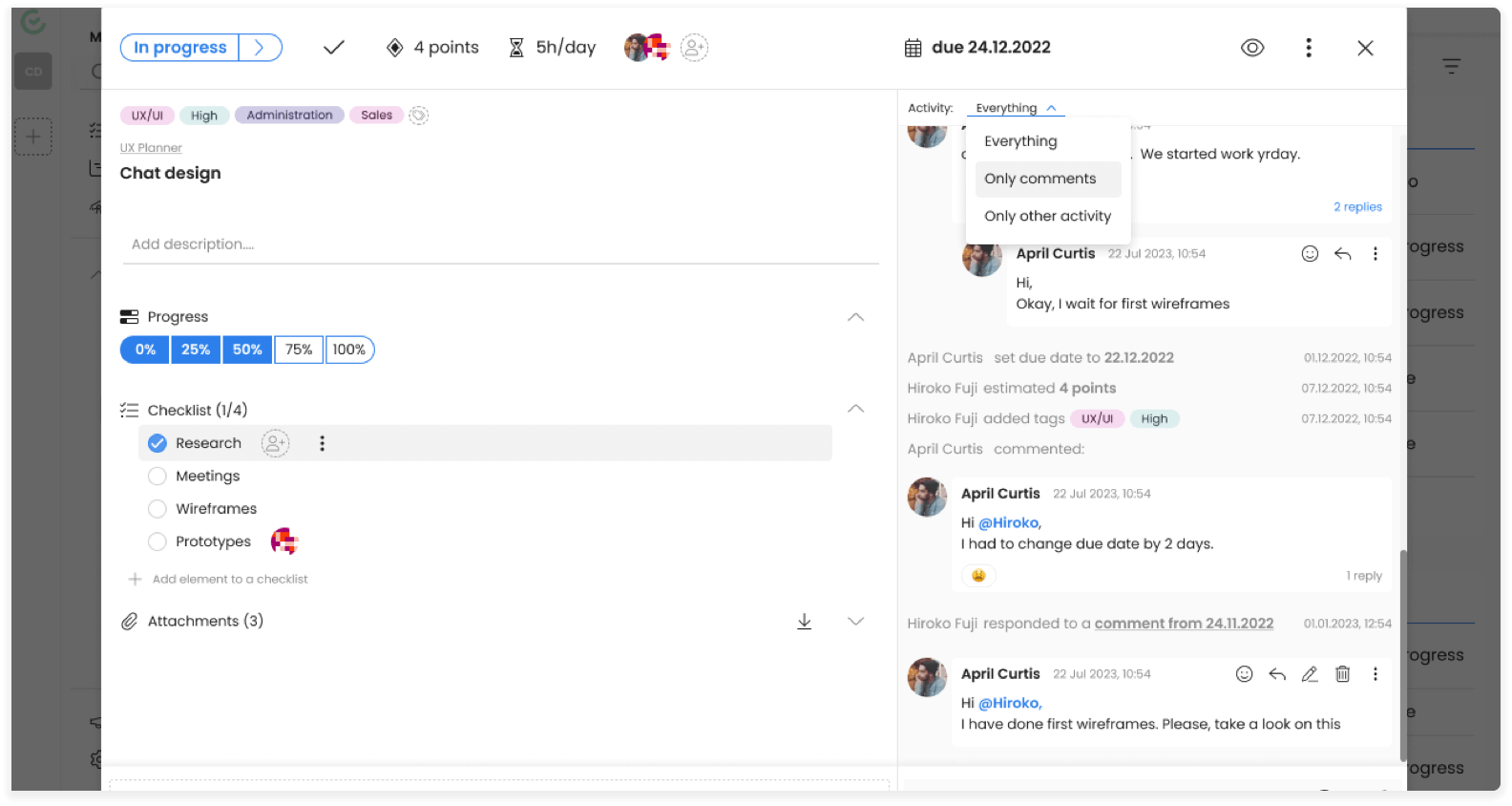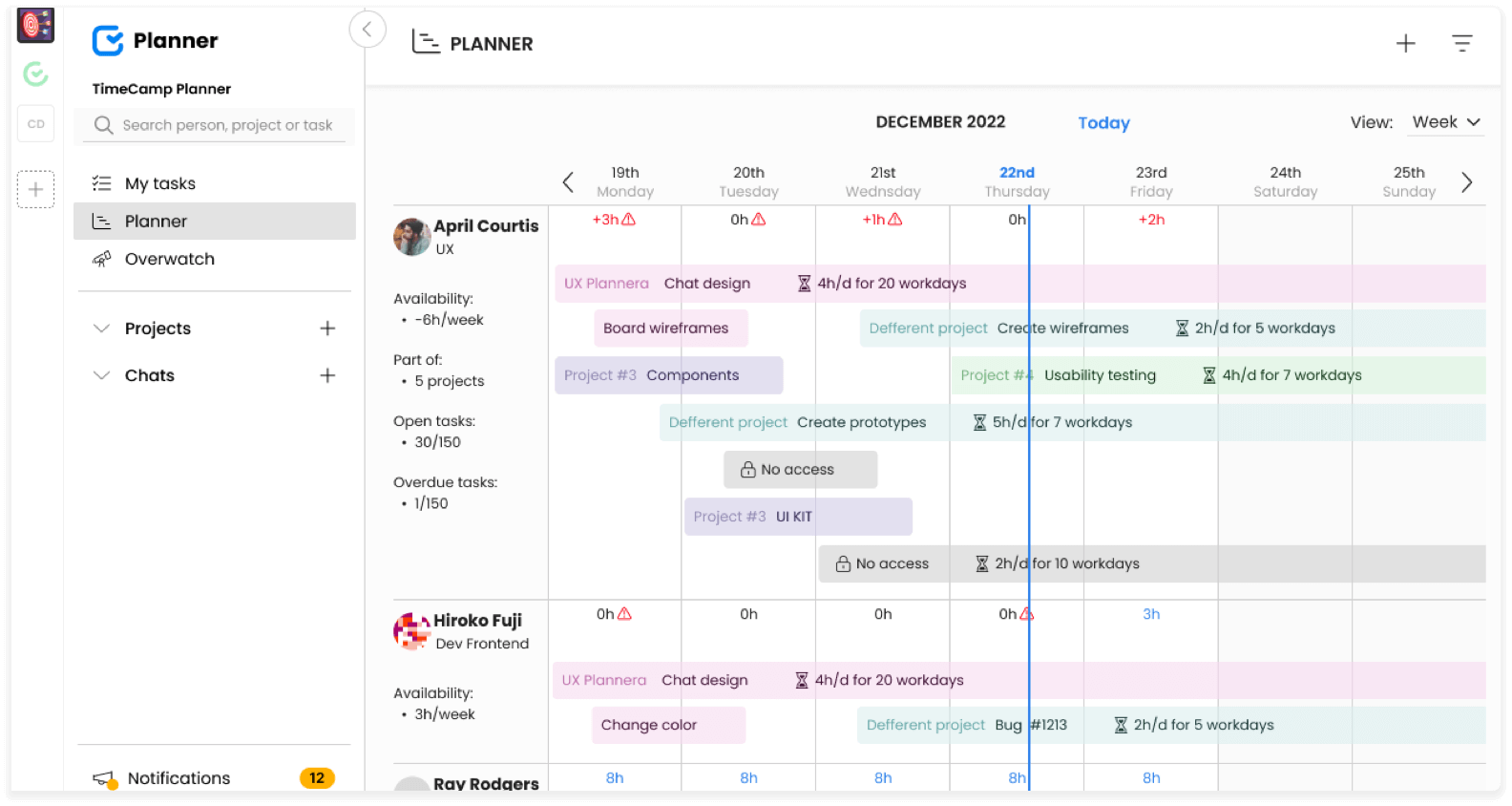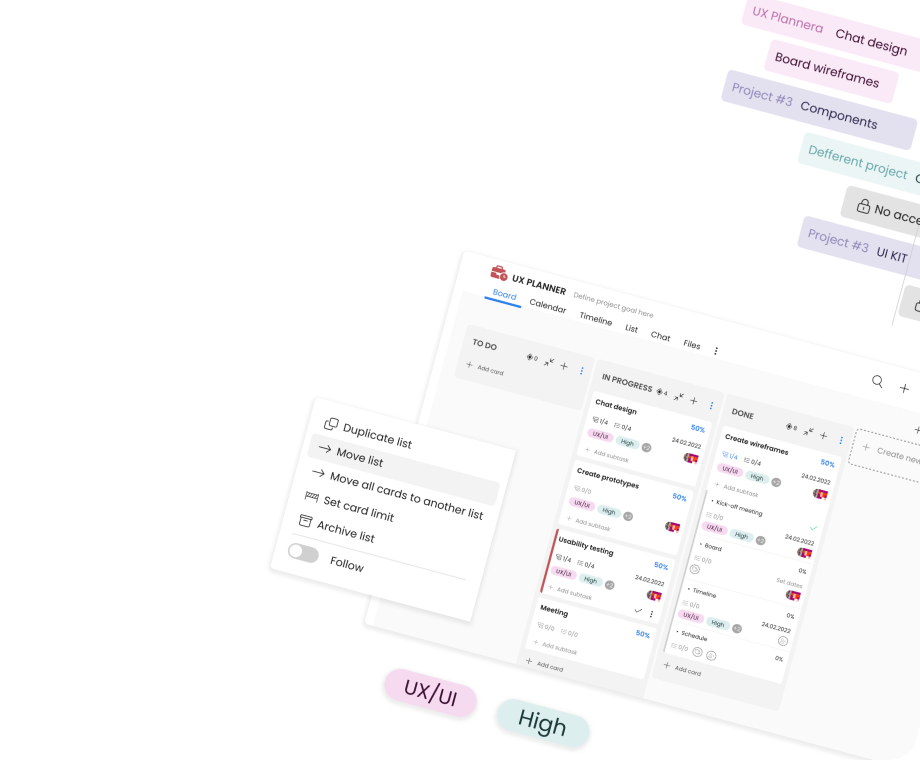How to Boost Morale with Team Building Activities for Remote Teams
Contents page
- Why Are Team Building Games Important for Employee Engagement?
- How Are Team Building Activities Improving Employee Engagement?
- Remote Teams Building Activities
- How to Address Low Morale by Team Building Activities?
- How to Choose the Right Activity for Team Building?
- What Tools to Use for a Good Team Building Exercise?
- Guidelines for Effective Remote Team Building
- Conclusion
The global work landscape is undergoing a dramatic shift, where more organizations are pivoting towards remote work environments. While this new structure presents various advantages, such as reduced costs and increased flexibility, it also carries unique challenges—primarily maintaining and boosting team morale. Feeling part of a cohesive, connected team can become a distant memory when working from different locations.
We'll help to provide comprehensive solutions to this pressing issue with an in-depth look at team-building activities tailored for remote teams. At TimeCamp, part of our team is scattered around different places. And we know what it means to work in a remote culture. We also know that if our entire team of employees is not taken care of, it can have a toll on our engagement. Here's everything you need to know about morale and team-building games!
Why Are Team Building Games Important for Employee Engagement?
In recent years, team-building exercises have become a popular form of revamping team dynamics. Many organizations decide to introduce them to their teams to improve employee engagement. So how is it that sometimes simple activities can contribute to business growth?
To better understand the importance of team-building activities, it's important to dive a little bit deeper. Let's analyze it all step-by-step.
Understanding Team Morale
First of all, morale of a team. It's an often intangible yet crucial component of a successful work structure. A collective sentiment that can significantly impact productivity, job satisfaction, and overall company culture. High team morale is characterized by enthusiasm, confidence, and shared feelings of loyalty and camaraderie among team members. On the other hand, team with low morale can manifest as a lack of motivation, frequent conflict, and high turnover rates.
Several studies have emphasized the importance of morale in a team. A report by the Harvard Business Review revealed that employees with high morale are 20% more productive than their dispirited counterparts. Furthermore, organizations with high employee morale saw a 23% higher profitability rate, according to a study by Gallup. Such compelling statistics reaffirm the critical role morale plays in driving team performance and organizational success.
The Reasons for Low Employee Engagement
It's easy to talk about morale in a team when things go well. But there are times when things get complicated. And even if, as a team leader, you decide to engage your remote employees in team-building events, it may not always work as planned. That's because you need to know what problems you want to address.
Here are the main reasons why employees in your remote set-up have low engagement:
-
Poor communication skills of the team leader and upper management can cause chaos and make people unaware of what happens in the company.
-
Unclear vision, mission, and goals can make people lose their sense of purpose.
-
Bad company culture affecting employees' well-being results in poor mental health and low motivation.
-
Lack of feedback—when remote employees don't know if they're contributing to the company's success, they have low morale.
-
Not recognizing employees' strengths kills their creative thinking and makes them feel like they don't fit other team members.
-
Inappropriate workload—too much or too little work can be demotivating.
-
Poor leadership skills in team leaders discourage healthy competition and team camaraderie.
-
Changes in the company or team that aren't well communicated can result in confusion and lower the team bond.
If you're facing at least one of the problems in your organization, it may be a good idea to try team-building activities. It will encourage team members to share their thoughts and feelings about your company. Just remember that the team building event you decide to choose should correspond to the specific problem you're facing. We'll talk about it in the further sections.
The Importance of Team Building in a Remote Setup
The advent of remote work, while convenient and flexible, also generates feelings of isolation, disconnection, and detachment among team members. Without casual hallway conversations or lunchroom chats, the emotional and social fabric that holds a team together can begin to fray. This is where the power of team-building activities comes into play.
By fostering shared experiences, promoting open communication, and encouraging a deeper understanding of individual strengths and weaknesses, team-building activities can combat the negative effects of remote work. They are a catalyst for nurturing trust and empathy, which are vital for a collaborative and positive remote work culture. A well-executed team-building activity can recreate the camaraderie of a physical office environment in a virtual world, making it an indispensable tool for boosting morale in remote teams.
How Are Team Building Activities Improving Employee Engagement?
Now that you know why team building exercises are important in remote setup, let's take a look at how they encourage employees to stay involved in their daily duties. Different team-building activities aim to improve specific weaknesses.
Here's how implementing team bonding activities encourages team members to work better:
-
Improved project management: a good team building game teaches strategic thinking. It favors all team members to learn how to play their roles in a project by appreciating each other's differences. In turn, managing projects becomes enjoyable.
-
Better skills and expertise: team building exercises enhance creative thinking, critical thinking, and problem-solving skills. They also create an environment for team members to learn from each other and work on their skill sets.
-
Lower turnover rate: in general, when you encourage teams to work together, it improves morale. And high morale means employee satisfaction. As a result, your virtual team will want to stay in the company.
-
Smooth workflow: while playing team building activities, team members learn how to judge the situation so people can better assess their workload. Managers gain more skills to delegate work, and learn different tactics of work distribution.
-
Collaboration and teamwork: a fun team-building activity fosters building relationships. An adequate addition to improving communication skills is using the right app, such as TimeCamp Planner.
-
Reduced absenteeism: when the entire group of your remote workers feels engaged in their daily tasks, they'll be more happy to show up at work, even during difficult times. There'll be no buddy punching, no inaccurate timesheets.
-
High productivity: all the above factors will contribute to your team's better performance.
Erin Davis said that a "happy employee is a productive employee".
Make fun team-building activities part of your company culture, and it'll pay off as a happy and engaged virtual team. You'll quickly notice high customer satisfaction, higher profit, and strong brand recognition.
Remote Teams Building Activities
Crafting the perfect team-building activity for remote teams is not as daunting as it may seem. The virtual space opens up a plethora of creative avenues to explore. Let's delve into these categories.
What Are the Four Main Team Building Activities?
First of all, let's check the main types of team-building activities:
-
Communication activities: these are focused on improving communication skills. They can include exercises such as trust falls, blindfolded activities, or games where team members need to convey information effectively and clearly to achieve a common goal.
-
Problem-solving activities: these activities aim to enhance critical thinking skills by finding solutions to complex matters. Examples of problem-solving activities are escape room challenges, building blocks or a bridge with limited resources, or solving complex puzzles as a group.
-
Collaboration activities: this type of team-building activities stimulates teamwork and cooperation. These can include team-based sports, building projects that require combined efforts, or creating a presentation together where each member contributes their expertise.
-
Team bonding activities: these are designed to strengthen emotional connections, especially among new team members. These activities can be more relaxed and fun, such as team outings, team dinners, or recreational games that help team members get to know each other better outside of the work environment.
You can mix these four types of team-building activities for a fun way to spend some quality time. It'll bring group members together. Remember that the specific activities should align with the team's values, dynamics, and preferences.
What Are the Types of Team Building Activities
Team building activities can have different forms—online meetings, meetings at a local park, coffee shop, board games, trips with games, or in-person meetings inside the office.
Whichever you decide to choose, there are plenty of activities helpful in encouraging employees to participate in a fun game. Here are the main types that allow teams to compete on a healthy basis.
Virtual Ice Breakers
Ice breaker activities can serve as a team bonding game, especially among new team members. They foster a casual atmosphere that makes it easier for team members to open up about their personal lives. In the process, every team member learns about the unique personalities, interests, and experiences within the team. It promotes understanding and unity.
Examples of virtual ice breakers: Two Truths and a Lie, virtual scavenger hunt, desert island scenario, what's in your bag?, office-trivia style competition, personal mottos.
Collaborative Tasks
Collaborative tasks demand team members to pool their resources and work together towards a common goal. That fosters a sense of shared achievement. These team-building games require problem-solving, clear communication, and strategizing. It's a good method to stimulate team effort and highlight the importance of every member's contribution.
Examples of collaborative tasks: escape room, scavenger hunt, role-playing games, and community service project (it's possible to participate in this kind of event virtually).
Skill Development Activities
Another essential aspect of remote team building involves activities that facilitate skill development. Such exercises allow team members to grow together, encouraging a shared sense of progress and achievement. This not only promotes knowledge transfer but also builds respect and appreciation for each team member's skills and contributions.
Examples of skill development activities: webinars, virtual workshops, and skill-sharing sessions offer a place for employees to learn from each other and external experts.
Regular Online Social Gatherings
Informal social gatherings play a critical role in cultivating team spirit and camaraderie. In a physical office, this could be a quick coffee break in a conference room or a chat around the water cooler. In a remote setup, can play the same role. These casual online hangouts can provide team members with the opportunity to interact on a personal level and strengthen bonds. Despite being separated by screens, sharing a light-hearted moment can bring teams closer together, boosting morale significantly.
Examples of online gatherings: virtual coffee breaks, online gaming sessions, and movie nights.
Work Gamification
Work gamification is the practice of integrating game-like elements, such as points, rewards, and competition, into the workplace to increase engagement, motivation, and productivity. It uses game mechanics to transform mundane tasks or work processes into more enjoyable and rewarding experiences, ultimately driving better performance and fostering a positive work culture.
Examples of work gamification: Virtual Coins or Currency, Earning Experience Points (XP), Leaderboards and Performance Metrics, Points and Badges, Challenges and Quests.
PRO TIP: It's great to use technology in work games to track goals. And why not go for what you already have? If you use some of the most important project management or time tracking software, use its features to track goals and budget and put the results on the leaderboard.
How to Address Low Morale by Team Building Activities?
If you decide to undertake team-building activities in your virtual team, that's the way. However, you need to consider a few important factors. Without them, even the best team-building activities won't be effective.
Here's what you need to base your efforts on to make the team happy:
-
Open communication—let everyone freely share their ideas and opinions, results and expectations. Good and bad, all should be welcomed so people know they can be heard no matter what.
-
Trust—acknowledge people's ideas and perspectives. Be honest and supportive, so team members can feel safe in their virtual work environment.
-
Appreciation—see the good in your remote employees. Recognize their skills and expertise. The differences between employees make them even more valuable.
-
Respect—don't judge your employees, don't be biased. Show that you recognize team values.
-
Transparency—always be true to your leadership, show friendship and be a good company to work with.
To bring your team on board, you need to make them feel valued and important. That way, you'll create an inclusive, friendly environment.
How to Choose the Right Activity for Team Building?
How to decide which fun team-building activity will be most suitable for your team, given the many options you have? All you have to do is to set specific criteria.
An effective team-building exercise is one that encompasses all the things that you want to improve in your team. So you need to consider whether you want to work in small groups, multiple teams, one team, or two teams.
How long does your team-building activity will last—a few minutes, an hour, or maybe a day? Do you want to play a classic game, a simple team-building exercise, quick team-building activity, or a complex game?
What does the winning team get? A small award (for example, a ticket to a cinema, a voucher to a fancy store, or a small item) can motivate the entire group to get involved.
Note that you need to consider all team members' needs and temperaments. Not everyone will enjoy all types of activities. It's always a good idea to acknowledge people's opinions, as some may feel discouraged by certain games.
Also, don't force team-building activities on those group members who don't want to participate. You can always think about different ways to engage them in a team-building session. No pressure.
In general, best building activities are those that correspond to your team's needs, preferences, and different points of view, let people share their experiences and show off their best personality traits.
What Tools to Use for a Good Team Building Exercise?
Sometimes it's hard to organize team-building exercises without the right tools. And while the best is usually a pen and paper, or a dedicated app, it's best if you can incorporate it into your daily processes. That way, you'll create coherent business processes. And, it'll be easier to create a team-building event that fits in your current project management.
One of the best ways to create good team-building activities is to use proper planning and scheduling software, such as TimeCamp Planner. It has all the features your virtual team needs to stay in touch, stay on track, and stay involved.
Here's everything TimeCamp Planner offers to encourage employees to build team bonds:
1) Communication and Collaboration
TimeCamp Planner gives you many options for communicating with the virtual team, from project chats and individual conversations, chatting directly in a task to making a video call.

Additionally, if you prefer to have a dedicated space for team-building exercises, you can create different workspaces. You can even invite stakeholders, upper management, and clients to play with your remote team. It's a good way to learn more about clients' needs and get to know each other.
2) Planning
TimeCamp Planner has everything you need to plan a project and organize a team-building event around the workload (to better manage workload distribution and improve planning skills):
-
Share new ideas in a chat and turn the message into a task. Virtual scavenger hunt? Office trivia? Just one click, and you can invite the whole team to a quick game.
-
The board with tasks in a Kanban style allows you to see all projects at a glance for easy task and game tracking.
-
Adjust every task (or a game)—you can set a due date, assign tasks to particular people, add tags, create a to-do list, description, files, comment on it, and make it a recurring task.
-
Visualization features—a digital planner with a calendar, timeline, estimates, board view, Kanban boards, Gantt chart, and to-do lists.
-
You can create personal to-do lists with a due date to follow your work every day and make sure every task is done on time (you can use the MyTasks view as a personal task organizer).
Also, you can integrate the app with the TimeCamp time tracker to automatically record work hours, manage timesheets, and administer attendance.

3) Transparency
TimeCamp Planner provides a real-time dashboard with the workload (you can view it in My Tasks, Planner, and Overwatch). It can help improve strategic thinking and watch overdue.
And you can access the software from different platforms (app, desktop, web) so everyone everywhere can see what's happening.

Guidelines for Effective Remote Team Building
Effective team building is more than just hosting an occasional virtual activity. It requires careful planning, thoughtfulness, and commitment. Here are some guidelines to make these activities effective.
Set clear goals: Having clear objectives for team-building activities can help guide the activity's design and execution. Whether the goal is to improve communication skills, foster trust, or promote collaboration, defining this upfront can increase the activity's effectiveness.
Ensure inclusivity: it's essential to consider the different personalities, cultures, time zones, and work schedules within the team while planning activities. The team-building activities should be inclusive and accessible to all team members to ensure everyone feels valued and involved.
Provide necessary tools and resources: ensure that all team members have the required resources, such as a stable internet connection, necessary software, or specific materials. This ensures that no one is left out and can participate fully.
Feedback and evaluation: after the activity, gather feedback from team members and evaluate the activity's success in meeting its goals. This can help refine future team-building activities.
Be an example: as a leader, be present during the team building event. If you don't participate, there will be no team bonding because your virtual team will feel like you don't want to engage in spending time with them and learning more about each of the team members.
Conclusion
Building and maintaining high team enthusiasm in a remote setup is no easy feat, but with well-planned and executed team-building activities, it's certainly possible. From virtual icebreakers and collaborative tasks to skill development activities and regular online social gatherings, there are numerous strategies available to foster unity and connection within your team.
Remember, the key to successful remote team building lies in setting clear goals, ensuring inclusivity, providing necessary tools, and refining activities based on feedback. Now it's your turn to implement these activities in your virtual team and see the positive difference it makes in your team's morale and productivity.
We'd love to hear about your own experiences and tips for remote team-building activities. Please feel free to share and reach out to us!
